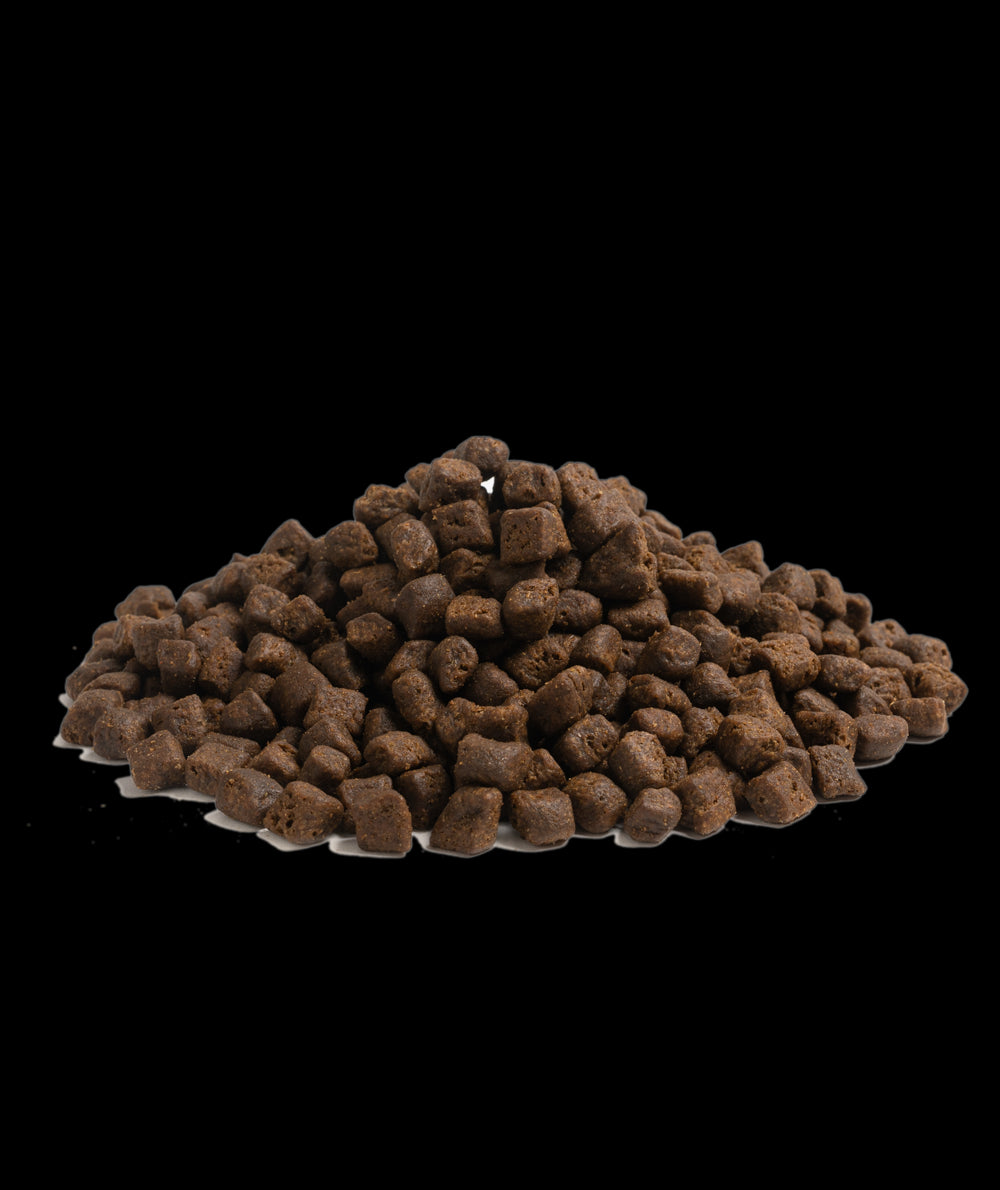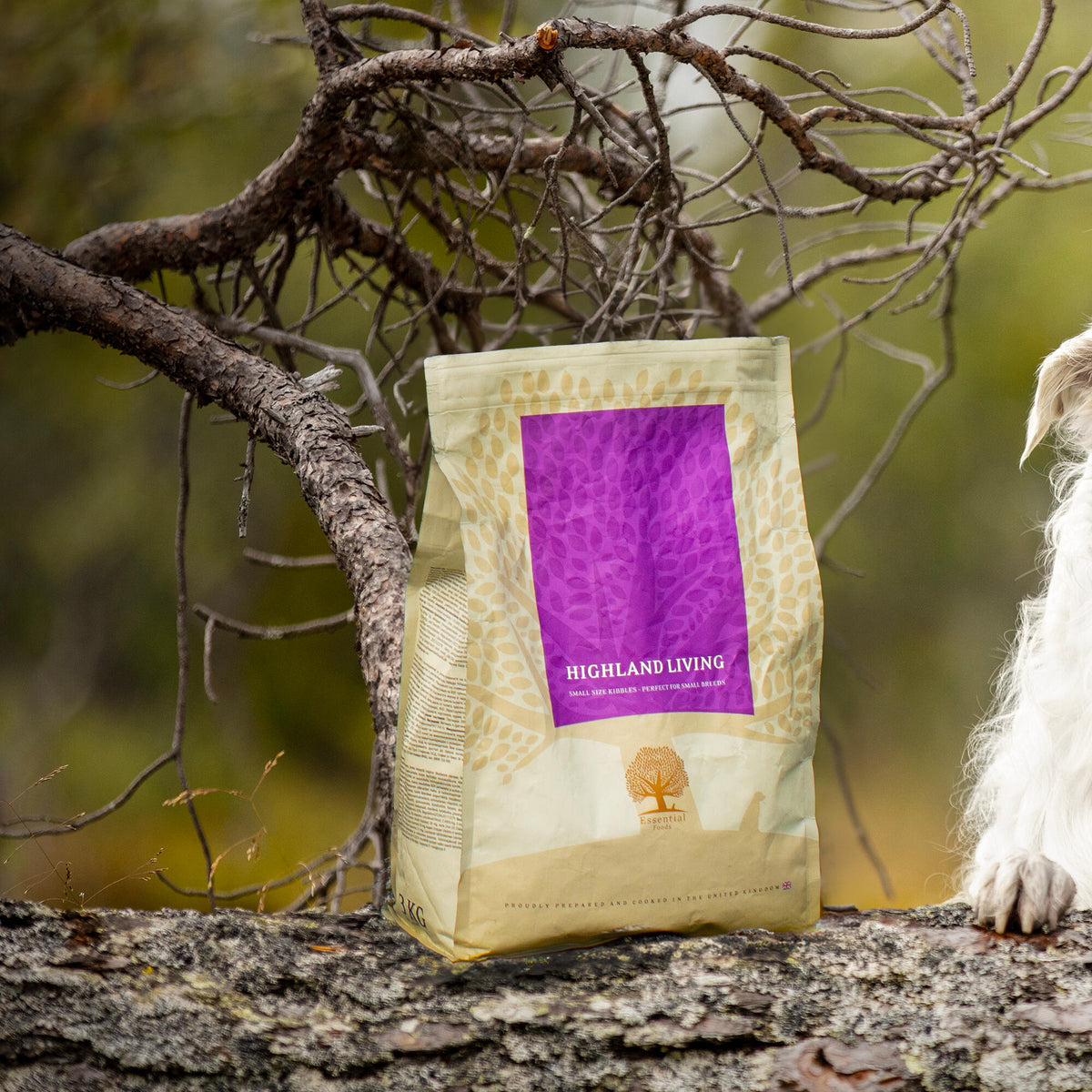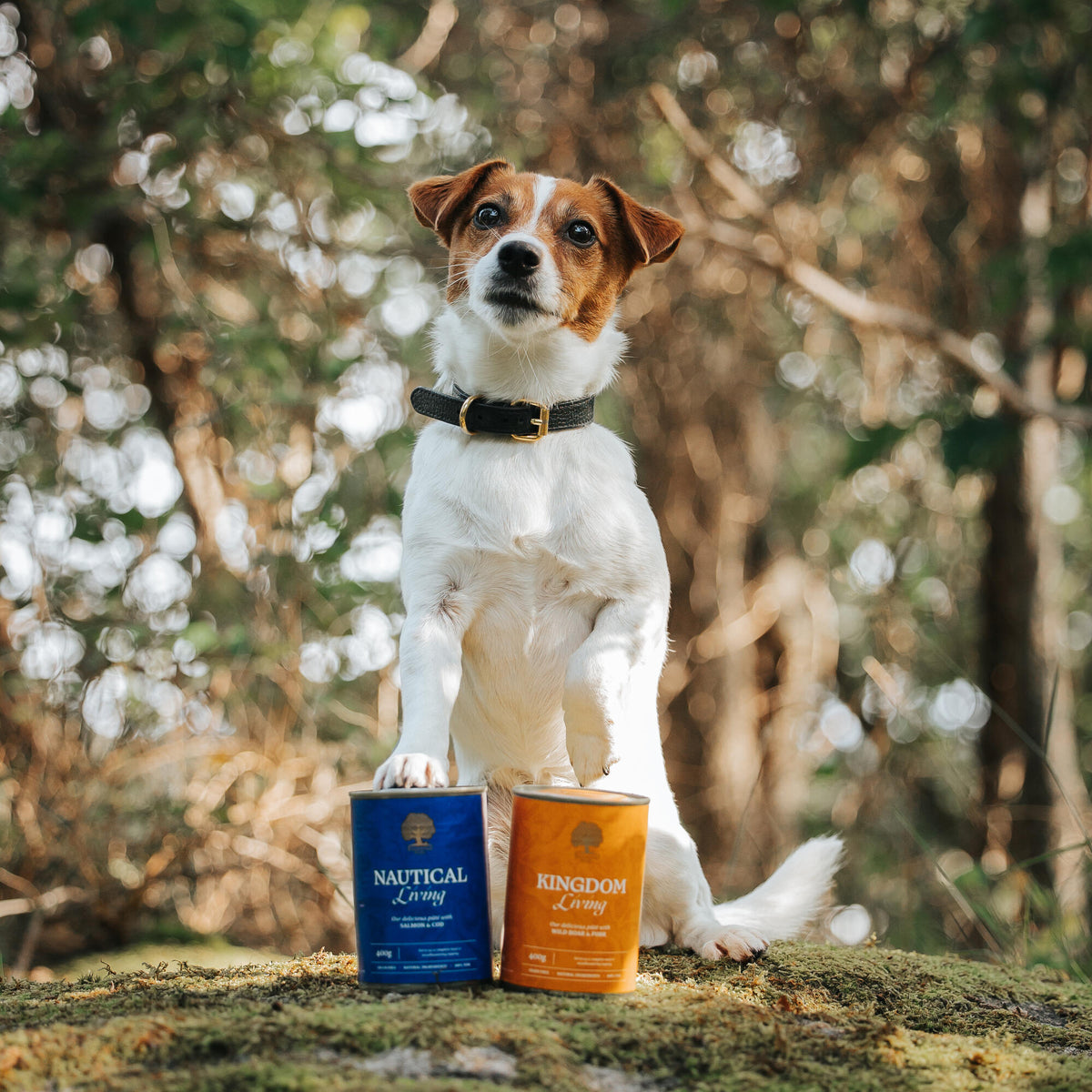Your Cart is Empty

In this comprehensive guide, we delve into the question: can dry dog food go bad? We'll explore the shelf life of various types of dog food, including natural dog food, grain-free dog food, and puppy food, to provide you with the essential information you need to ensure your dog's health and well-being. Additionally, we'll examine why Essential Foods emerges as the top choice for discerning pet owners seeking the best for their canine companions.
Dry dog food typically has a relatively long shelf life due to its low moisture content, which inhibits bacterial growth and spoilage. However, several factors can affect the freshness and quality of dry dog food over time.
While dry dog food typically has a long shelf life, it's essential to monitor for signs of spoilage, including:
While natural dog food typically contains fewer preservatives than conventional options, proper storage can help maintain its freshness for an extended period. Airtight packaging and storage in a cool, dry place are essential for preserving the quality of natural dog food.
Similar to natural dog food, the shelf life of grain-free dog food depends on proper storage and packaging. Airtight containers and storage away from heat and moisture can help extend the freshness of grain-free options.
Puppy food typically has a shorter shelf life than adult dog food due to its higher fat content, which can lead to quicker rancidity. Proper storage and adherence to expiration dates are crucial for ensuring the freshness and safety of puppy food.
When it comes to ensuring the freshness, quality, and nutritional value of dry dog food, Essential Foods emerges as the top choice for pet owners. With a commitment to using high-quality, natural ingredients and airtight packaging, Essential Foods delivers meals that prioritize canine health and well-being. By choosing Essential Foods, pet owners can rest assured that they are providing their furry companions with the best possible nutrition for a long and healthy life.
How long does dry dog food last once opened? Dry dog food can typically last for several weeks to months after opening, depending on storage conditions and the type of food. It's essential to seal the bag tightly and store it in a cool, dry place to maintain freshness.
Can I mix different brands of dry dog food together? While mixing different brands of dry dog food is generally safe, it's essential to transition gradually to prevent digestive upset. Mix small amounts of the new food with the old food over several days to allow your dog's digestive system to adjust.
Should I refrigerate dry dog food to extend its shelf life? Refrigeration is not necessary for dry dog food and may actually promote moisture buildup, leading to spoilage. Instead, store dry dog food in a cool, dry place away from direct sunlight and humidity.
How can I tell if my dog's dry food has gone bad? Signs of spoiled dry dog food include a rancid odor, visible mold or discoloration, and changes in texture. If you suspect that your dog's food has gone bad, it's best to discard it and replace it with fresh food.
What is the best way to store dry dog food to maintain freshness? Store dry dog food in its original packaging or an airtight container to prevent exposure to air, moisture, and pests. Keep the food in a cool, dry place away from direct sunlight and humidity.
Is it safe to buy dry dog food in bulk? Buying dry dog food in bulk can be cost-effective, but it's crucial to ensure proper storage to maintain freshness. Transfer bulk quantities of dog food to airtight containers and store them in a cool, dry place to prevent spoilage.
In conclusion, understanding the shelf life of dry dog food and how to properly store it is essential for ensuring the health and well-being of your dog. By choosing high-quality options like natural dog food, grain-free dog food, and puppy food and selecting reputable brands like Essential Foods, pet owners can provide their dogs with the best possible nutrition for a long and healthy life.


